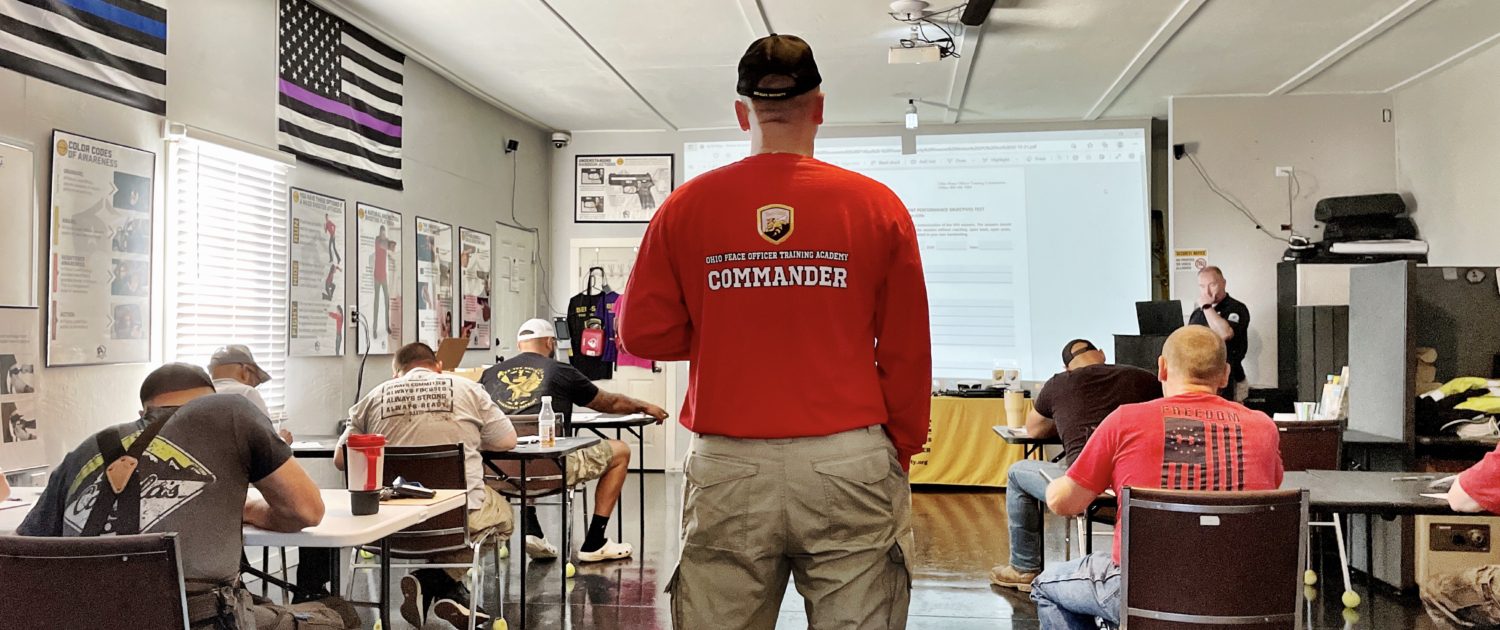Beginning Home Invasion Defense Planning
Tactical training and Home Invasion Defense Planning can make the difference between life and death.
With these legal obligations in mind, now is the time to create a plan for your family in the event of a home invasion. Although no plan is a guarantee for safety, it is never too late to start thinking about the possibility of a home invasion.
Awareness and the ability to respond to situation during an adrenaline rush will be your most valuable skill.
Deterrents

LIGHTS
Adding solar lighting is a simple and affordable way to enhance home security. Keeping your exterior lights on indicates to would-be burglars that someone is home, and illuminates many concealed angles of approach. Motion sensor lights may be useful as well in order to save energy and draw attention to the detected area.
FORTIFICATIONS
Fortifications to your home may include reinforcing several potential points of entry, namely your windows, doors, and garage door. Including fortifications in your home invasion defense plan can increase your chances of safety. These can include quality deadbolts, shatterproof glass, and metal plates which protect door locks. While there is no promise that these will not stop a determined adversary, breaking through them will take additional time and will produce additional noise.
DOGS
Dogs can also strongly deter potential burglars from invading your home altogether, and may be your first line of defense in the event of an attack. A properly trained guard dog is in many ways more versatile than a firearm.
NEIGHBORS
Knowing and consistently communicating with your neighbors will encourage you to be on the lookout for each other and will harden the general area against threats. Neighbors can alert both you and the police to suspicious people in the area. This can include taking pictures and videos, writing down license plate numbers of strange cars and being watchful of a neighbor’s house when he or she is away.
ALARM SYSTEM
If your alarm system is armed when a burglar enters your home, the sound may scare the intruder enough to make him flee. It is important to make sure your system is up to date with the latest encryption. Additionally, home alarm systems will alert you if someone breaches your home or triggers early warning devices. Even if you have an activated alarm system, you should still dial 911 and speak to a dispatcher if you feel it’s safe.
SECURITY CAMERAS
Bee-Safe’s Smart Security cameras help you keep an eye on what’s going on around your house and can deter potential burglars. High definition Smart Cameras can identify criminals and help law enforcement make an arrest. In the event of a use of force encounter within or around your home, security camera footage may also prove vital in justifying your actions to investigators.
Responding to the Threat

In the event that you are home, or you arrive home and find an unknown person in your dwelling, you now must respond.
In this situation, you will likely experience a high dose of adrenaline. You may have trouble thinking clearly, your visual focus may narrow, you may suffer auditory exclusion (inability to register what you’re hearing), you may freeze temporarily, and you may lose fine motor control (particularly with a firearm). The stress of any potentially dangerous encounter may even affect your judgement. This is why it is vitally important to start Home Invasion Defense Planning and training that you can rely upon. A plan helps you know what to do without having to think as much in the moment. Training helps you react without losing critical time.
ASSESSING THE SITUATION
Quickly assessing the details of your situation is crucial to making smart decisions that will help you and your family survive a home invasion.
These are some immediate considerations:
- Am I alone, or do I have family members in the house?
- Where am I? Do I have exits? Is there a phone or a weapon nearby?
- Where are my family members located? What is their condition?
- Can they get to an exit, or are they capable of barricading or hiding themselves?
- Where is the intruder located?
- Am I sure it’s an intruder?
- Could it be an unannounced visit from a friend or a teenager sneaking back
into the house?
Is the intruder aware of my location?
Are there multiple intruders? If you cannot confirm that there is only one intruder, always assume that there are more. You do not want to get blindsided by an unknown threat because you had tunnel vision with the one threat in front of you. These questions will help you in Home Invasion Defense Planning and determine an appropriate response. If your family members are not in danger, it may not be necessary to confront an intruder. Also, confronting an intruder may not necessarily involve an immediate use of force.
For example: You arrive home from grocery shopping in the middle of the afternoon and you see that your front door is ajar. You remember locking it when you left and do not recall inviting anyone over.
The range of possible responses to the above situation varies tremendously. It could include waiting outside in your car and calling the police, or it could involve going to the front door and calling out to whomever is inside. The situation might require drawing a firearm and making entry. What you decide in this particular situation will depend on your personal circumstances and assessment of the situation overall.
COMMUNICATION
During a home invasion, you will likely need to communicate with your family members, the police, and potentially with the intruder(s). What you say to each of these groups could have dramatic effects on the outcome of the situation.
EQUIPMENT CONSIDERATIONS
There are several options which you can choose from when selecting a home defense weapon and various accessories. Which one is right for you will depend on your level of training and your priorities. First off, what is your home defense weapon? Is it a pistol, shotgun, rifle, or something else? Have you actually attempted to go room by room through your house with it?
- A shotgun might be great for defending a static position, but it could be hazardous when taking precision
shots or going around tight hallways and doors.
- A pistol is maneuverable but is often the most difficult and least accurate weapon for untrained users.
- A rifle is highly accurate, but could be tough to move around with effectively, and rifle rounds can travel through the target for long distances, thereby potentially endangering family members of bystanders in the area.
The next critical factor in Home Invasion Defense Planning is; where are your home defense weapon(s) is located?
How can you balance safety for children in the house with the need for quick and easy access during an emergency?
What is your magazine capacity? Do you have spare magazines loaded and available?
Home Invasion Defense Planning for defense equipment is critical especially with children in the home. Bullets will run out quickly in a firefight, and without enough rounds you could be left stranded. Finally, think about whether you want to use items like flashlights on your home defense weapon. Flashlights will allow you to navigate dark spaces and can illuminate and blind threats, but poor light discipline will give away your position.
TACTICAL CONSIDERATIONS
How you choose to handle a home invasion will be dependent on a nearly infinite number of “what-if” factors.
For example, what if you are a bachelor with a great home defense plan for your apartment, but this weekend you’re babysitting a young nephew. What do you do?
Another example: You know your home floor plan perfectly and keep a shotgun under your bed, but now you’re staying at a vacation rental with just a side arm? What now?
One more modifier: Your home defense plan is flawless, but you don’t have a CW and you’ve just arrived home to a break-in. Go!
The point is this: Your home defense plan must be adaptable because the tactical environment may constantly change.
PROFICIENCY
What is your level of proficiency with your home defense weapon?
How often do you practice with it?
Have you ever shot outside of a single lane firing range?
Have your ever shot at a moving target?
How fast and accurately can you shoot?
In a life or death scenario, targets will not stand still and they will be shooting back. Are you accustomed to shooting under intense mental stress? While physical stress is easy to simulate (push-ups or running prior to shooting), it does not come close to the hand shaking nerves that accompany a real-world firefight.
ACCESS
A firearm can be one of the greatest protections available to homeowners, as long as they can get to it.
Do you take your firearm into the bathroom?
Do you hide or stage one there?
Think of all the locations you can be in your house and on your property.
Are there children in your house?
Does your home defense plan account for both easy access to a firearm for you in an emergency as well as preventing unauthorized access to your kids?
Do you store other tools with your firearm, such as additional magazines/shells, or a flashlight?
What if you have to use two hands to perform some action, such as dragging an injured personal or restraining an intruder (civilians rarely carry handcuffs)?
Will you put on a holster or carry anything with you?
Do you have firearms in multiple locations?
What if you are in another area of the house when there’s a break-in?
FLOORPLAN
Where are your entrances? These points of entry will help determine your strategy for defending parts of your home.
Can windows be easily broken and climbed through?
What are the chokepoints in your home?
Does your home have a long hallway to the bedrooms?
Creating chokepoints is an essential component of your home defense strategy because intruders will have to get past them to get to you. In addition, chokepoints force multiple adversaries to go through the same area, thereby reducing their numerical superiority.
Training is the best preparation

Once you’ve started Home Invasion Defense Planning, it’s time to train with your family. This simple exercise should be the same type of drill which you might practice for a natural disaster such as an earthquake or a fire. You can come up with some basic scenarios and practice giving clear and concise orders to your family. Help them know what to do immediately, and whether they should run, hide, or fight.
Train for different conditions, such as at night when everyone is asleep, or when only one parent might be home. Teach your children how to identify strange noises in the night, and how they should alert you. This plan does not have to be comprehensive. It can consist of some basic guidelines for the proper way to react based on your lifestyle and living situation.
Home invasions are fluid situations, and in spite of whatever plan you devise to resist one, it’s said that “no plan survives first contact with the enemy.” If you own a firearm for home defense, it is vitally important that you train with it to develop the proper skills under stress. This includes live-fire techniques on the range, and decision-making and tactics within a real-world force-on-force environment.








